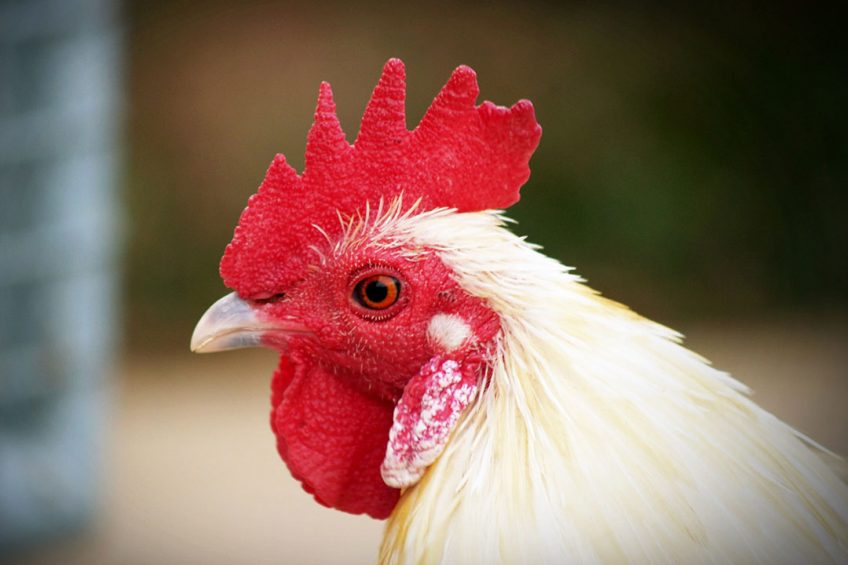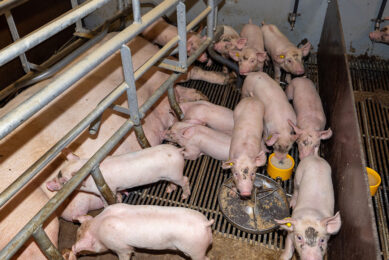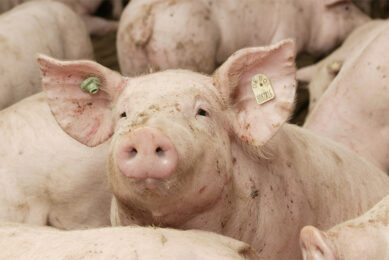How thymol and carvacrol influence gut health

Poultry trials challenged with Eimeria and Clostridium perfringens showed that an encapsulated, highly concentrated blend of thymol with carvacrol, promotes healthy intestinal microbial flora, as well as supports gut barrier function, inflammation processes and immunity.
The industry has made huge efforts in recent years to develop solutions focusing on gut health. This is not only due to a direct link to improved feed efficiency and profitability, animal welfare or food safety, but also due to changes in consumer preferences and regulatory requirements. When it comes to poultry gut health, coccidiosis and necrotic enteritis are major economic challenges, particularly when present in a subclinical form where symptoms may not be observable. Due to epithelial damage and inflammation, these subclinical infections reduce feed efficiency and result in an opportunity for potential pathogens.
Coated essential oil blend
Where essential oils are concerned, thymol and carvacrol are scientifically well-documented compounds. Due to their phenolic structure (having a cyclic ring with a hydroxyl group attached), they are recognised as efficient compounds showing a variety of beneficial effects in the gut. Next Enhance 150 feed additive (NE150) is a highly concentrated blend containing thymol and carvacrol protected by a unique coating. This ensures that the active ingredients are stable during pelleting and can ultimately result in a controlled release to the lower parts of the intestinal tract.
Multi-faceted approach
Thymol and carvacrol are highly effective against a wide range of potential pathogens. In a variety of studies, NE150 has demonstrated its potential to establish a healthy microbial composition by promoting higher lactic acid-producing bacteria and reduce pathogenic species. An example of the antimicrobial effects in broilers is shown in Figure 1.
Figure 1 – Reduction in caecal C. perfringens & Enterobacteriaceae 8 days post-challenge with Eimeria.

In one study, an Eimeria challenge model was used, which typically increases the levels of C. perfringens. It is well known that C. perfringens is the causative agent for necrotic enteritis but requires other predisposing factors to become clinical or subclinical. The invasion of intestinal cells by the Eimeria parasite is seen as the major predisposing factor because it creates tissue damage and leakage of plasma proteins used by C. perfringens. Broilers receiving the protected essential oils showed lower levels of C. perfringens as well as lower levels of Enterobacteriaceae, a large family of pathogens including E. Coli or Salmonella. As a result, the essential oil product is shown to lower the risk of a bacterial overgrowth, which is key in the development of necrotic enteritis.
Biomarkers can be used to study the effect of protected thymol and carvacrol on intestinal integrity and gut barrier function. The stability of the tight junctions (a unique connection between cells), for example is linked to the amount of occludin, which increases the physical barrier function of the intestine. Under challenge conditions and during inflammation processes, occludin is known to be downregulated. A broiler study with C. perfringens challenge showed lower levels of occludin, which increased with the addition of the protected thymol and carvacrol. This lowers the risk of pathogen translocation, or the uncontrolled transfer of different molecules from the lumen into the bloodstream. It has also been shown that broilers receiving the additive under Eimeria or C. perfringens challenges showed significantly lower serum endotoxin levels, indicating improved mucosal barrier integrity. Adding the protected essential oil blend to the ration has also shown increased villus height to crypt depth ratio, another well recognised marker for intestinal health. Macroscopic intestinal lesions are another relevant indicator of gut health. In Eimeria and C. perfringens challenge studies, these lesions were significantly reduced with NE150. Fewer intestinal lesions can result in a lower inflammation processes and can directly translate to performance improvements.
Figure 2 – Improved antioxidant status.

During a host-pathogenic infection, pro-inflammatory cytokines are released to activate the immune system. However, the inflammation needs to be controlled as a prolonged and persistent activation of pro-inflammatory cytokines can result in mucosal damage as well as impact the stability of tight junctions. The inflammation also consumes a lot of energy, which impacts performance. The premixture is shown to downregulate pro-inflammatory cytokines, which helps to protect intestinal barrier function and save energy. Conclusively, protected thymol and carvacrol lower the risk of performance depression and intestinal damage caused by inflammation. Thymol and carvacrol are also known to have anti-oxidative capacities due to their chemical structure. To understand how the additive could benefit broilers’ oxidative status, a study was done measuring various biomarkers, such as super oxide dismutase (SOD) and glutathione peroxidase (GSH-Px). These enzymes are responsible for the conversion of reactive oxygen species (ROS) to harmless substances. ROS are a result of normal metabolism but are toxic to the organism and increase significantly during an infection or stress. It was shown that both enzymes increased (Figure 2) when the additive was added to the diet. As a result, the malondialdehyde levels, a marker for lipid peroxidation, were significantly reduced in broilers. The essential oil product can therefore, directly and indirectly, help to maintain a balance between ROS and the defence system, which lowers the risk of tissue and cell damage as well as performance losses.
Consistent performance improvement
With its broad impact on gut health it is not surprising that broilers receiving the additive show a consistent improvement in feed conversion ratio with an average of 3.7% when used at the recommended dosage rate of 30-60 g/t. In addition, the essential oil blend can be used in feeding programmes to support the birds under coccidiosis, necrotic enteritis or gut health challenges to help alleviate negative effects on the animals.
This array of trials show that producers can use Next Enhance 150 in their strategy to improve feed conversion ratio, thereby reducing production cost efficiently and increasing the profitability of commercial broiler productions.
References available upon request
Author:
Sven Keller, Sr Technical Services Manager-Gut Health for Novus EMEA
 Beheer
Beheer





 WP Admin
WP Admin  Bewerk bericht
Bewerk bericht